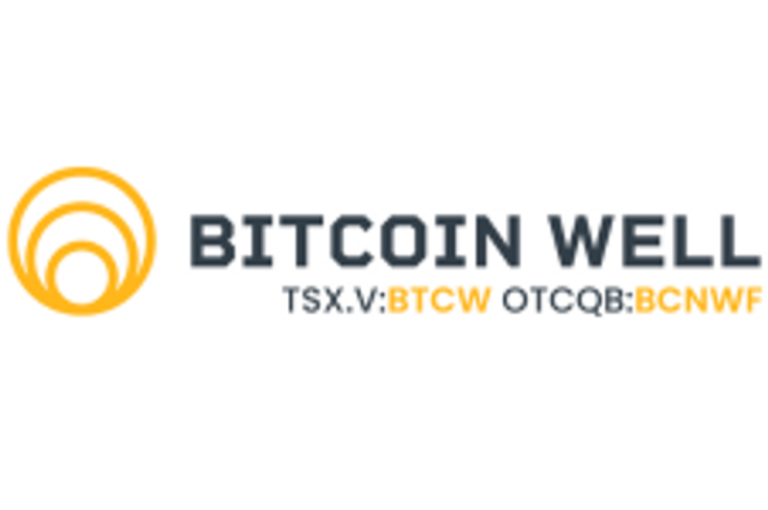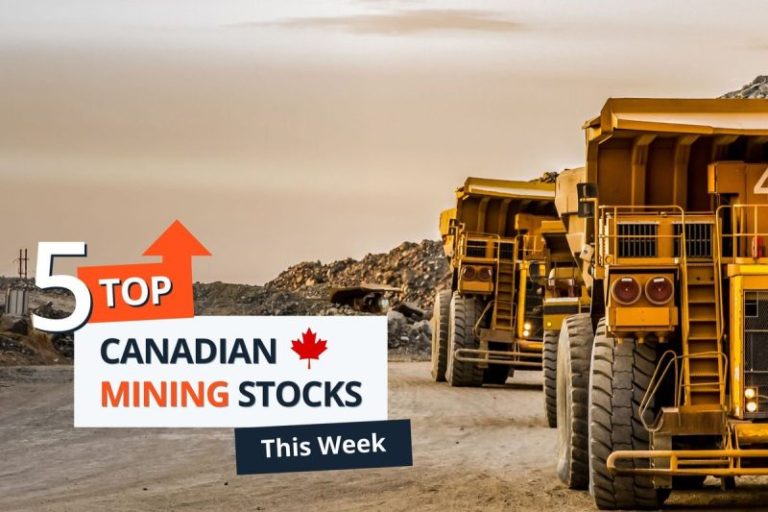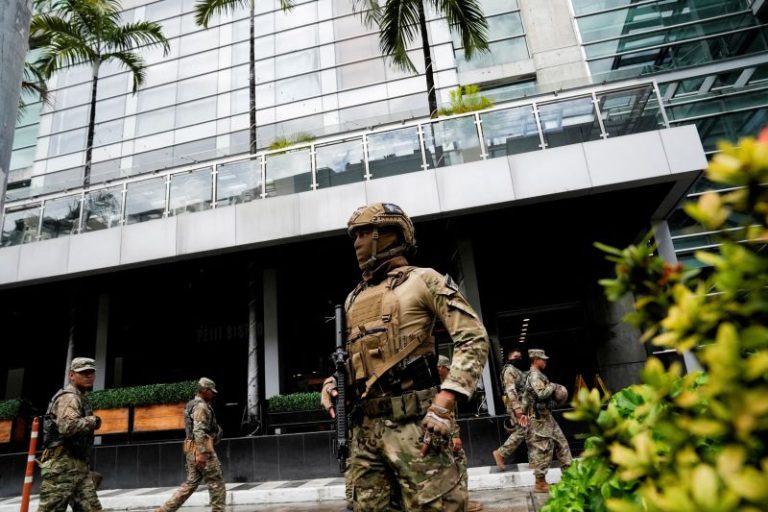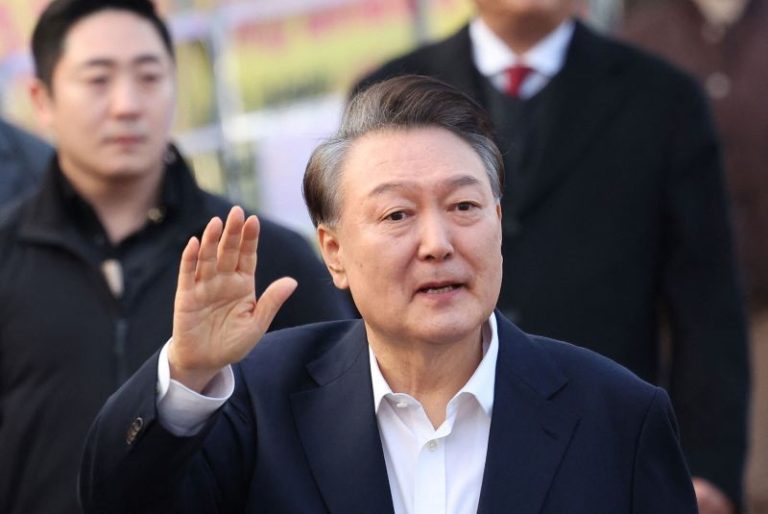Unpaid work. Sexual harassment. Violence. Low wages. The “motherhood penalty.” These are just some of the issues that millions of women continue to face at work in 2025.
Despite progress made towards global gender equality, men continue to hold the highest paid positions in industries worldwide, while many women still typically handle grunt work across companies and supply chains.
Meanwhile, many women around the world are still struggling to find work, with many holding precarious jobs or forced to hustle in the informal economy just to get by.
Overall, women continue to carry a disproportionate share of unpaid care and domestic work, underlining United Nations Secretary General António Guterres’ comments that global poverty “has a female face.”
“If the quantity and quality of employment are failing women, the impact is higher poverty risk,” said Sally Roever, formerly the international coordinator at Women in Informal Employment: Globalizing and Organizing (WIEGO), a global network that aims to improve working conditions for women in the informal economy.
Labor experts say that the working world excludes, underpays, overlooks and exploits around half of its available force – and as such, work systems – in their current structures – are failing women.
What is work and why is it not working for women?
The International Labor Organization (ILO) defines work as “any activity performed by persons of any sex and age to produce goods or to provide services for use by others or for own use.”
Globally, the most common form of work is informal and unregulated, according to the ILO, who estimates nearly 60% of all workers are involved in this type of work, most of whom are women in the Global South.
Although work in the informal economy is most prevalent in developing economies, it is also an important part of advanced economies, according to the International Monetary Fund (IMF). Informal work takes many different forms globally and includes jobs such as street sellers, unregistered taxi drivers, domestic workers and day laborers.
For women working in the formal economy, they often don’t hold the same legal rights as men, according to a 2024 World Bank report. More than 90 countries do not have laws mandating equal pay for equal work, while dozens of others prohibit women from working in certain industries, such as construction or manufacturing. Some countries prohibit women from working jobs deemed “too dangerous,” and others ban women from working at night.
In the formal sector, women typically hold lower-paying roles and are only likely to hold leadership positions in occupations “traditionally viewed as female-centric,” according to the ILO.
For example, women make up 67% of the global health and social care workforce – providing essential health services for an estimated five billion people worldwide – yet men are estimated to hold 75% of leadership roles in the sector, according to the World Health Organization (WHO).
Women working in the informal economy are over-represented in the most vulnerable types of employment, including domestic work, food production and agriculture, according to the ILO.
Unpaid care work is a barrier to women actively engaging in the labor market, leaving women marginalized, and without any social protections or income stability in many parts of the world, experts say.
In 2023, around 708 million women worldwide were unable to enter the labor force because of unpaid care responsibilities, according to the most recent ILO global estimates, who said the data “confirm that care responsibilities continue to be the main reason women are not looking or not available for employment.”
And even when domestic work is paid, safety risks are often not accounted for, she said. For example, domestic work is mostly carried out in homes, which are not commonly considered a workplace. Paz said this means occupational health and safety standards are rarely in place to protect people – mostly women – who are paid to do that work.
While unpaid care work isn’t counted in traditional economic measures, it is vital to economic activity, Pozzan of the ILO added, noting that care work allows others participate in the workforce. “You cannot have paid work unless you have unpaid care work,” she said.
While all workers face some risk and vulnerabilities on the job, women face them in greater numbers, particularly those working in the informal economy across the Global South.
This is partly because of the nature of the jobs they do. For example, domestic and factory workers risk exposure to toxic chemicals, industrial workers face extreme pain and farm workers risk prolonged sun exposure. And many women in the agricultural industry – who make up most rural smallholder farmers worldwide – are often not recognized formally as farmers in many countries, leaving them without any rights to the land they work.
Across nearly every sector, gender-based violence and sexual harassment at work continues to persist as patriarchal societies have normalized gender-based violence, according to the experts.
That violence has a knock-on effect on the overall economy.
In Cambodia, a 2017 study by the humanitarian agency CARE said that almost one in three women garment factory workers reported they had been sexually harassed, lowering productivity and seeing many women leave the job – costing employers an estimated $89 million annually.
Meanwhile, women are facing risks to the future of work, with big tech and the climate emergency two of the most prominent disruptors.
Women’s jobs are more at risk of being lost to AI as women typically hold low-skill positions requiring less education and formal qualifications that are more likely to be replaced by automation.
Climate change is also disrupting work and affects women differently than men. During an extreme weather event, which is often exacerbated by human-made climate change, women are usually the ones to shoulder a larger burden when it comes to running the household, making cooking, cleaning, gathering resources and childcare more challenging and time consuming.
Women are also working longer than men as they typically have less access to state and social benefits – including sick leave, unemployment pay, or pensions.
For example, in a high-income country such as the United Kingdom, women retire with an average pension savings of £69,000 (approximately $87,340), compared to men’s £205,000. ($259,480), according to NOW: Pensions, a UK-based pension scheme.
In developing countries, women often withdraw from the workforce due to family responsibilities, according to Aura Sevilla, also from WIEGO. Maternity policies that aim to fill in income gaps are often inadequate, according to WEF figures.
Nearly one in two women who become pregnant aren’t protected from income loss if they have their child, according to the ILO, leaving women with less overall wealth just because they started a family.
At an average life expectancy of 74, women also live longer than men, whose life expectancy is 69, according to World Bank data. In many heterosexual relationships, this means women need to keep working if their partners are no longer able to work, or die, said Florian Juergens-Grant, also from WIEGO.
Experts say that investing in the care economy, changing the culture of care, and strengthening unions and workers protections will help improve work conditions for women globally.
For work to really work for women, experts agree that it is important to invest in the care economy, as it can create new jobs and offer a return on investment.
Unpaid domestic and care work would equal a substantial portion of global GDP if given an equivalent monetary value, according to the ILO, who said that in some countries that amount would exceed 40%, based on conservative estimates.
An example of how this action works in practice can be seen in a city-run project located in Bogotá, Colombia, where men are taught basic care skills in a bid to rebalance domestic care responsibilities.
More than 400,000 people have benefitted from the Care Schools for Men program since its inception in 2021, and a survey from late 2023 suggests more men and women in Bogotá say that they now distribute household work more equally than in 2021.
The city government also runs “‘Care Blocks”’ to support caregivers – the majority of whom are women – which include laundry services, legal aid, daycare, psychological support, and dance classes, among others.
Between March 2021 and December 2023, almost 250,000 caregivers benefitted from these services, and the team is hoping to add a further 23 Care Blocks by 2035.
Another way to improve work for women is to encourage multinational brands to audit working conditions all the way across their supply chain, WIEGO experts said.
For example, many women in the garment and footwear industry prefer to work from home than in factories to either balance care responsibilities, for cultural or religious reasons, because they are too old to work in factories, or because they live in villages. But they often receive low wages, unstable and irregular pay, and endure poor working conditions.
The strengthening of unions and collectives is also key in establishing better workers’ rights for women.
One success story comes from São Paulo, Brazil, where after years of organizing, the women-led Domestic Workers Union successfully negotiated a minimum wage above the national minimum, and weekly rest periods for live-in domestic workers, among other achievements.
Commissioning Editor
Meera Senthilingam
Reporters
Sophie Foggin, Kara Fox
Visuals
Connie Chen, Agne Jurkenaite
Visual Editors
Carlotta Dotto, Elisa Solinas
Editors
Meera Senthilingam, Kara Fox
Senior Video Producer
Ladan Anoushfar
Developer
Byron Manley
Senior Video Producer
Ladan Anoushfar
Video Producer
Estefania Rodriguez
This post appeared first on cnn.com










